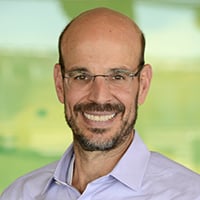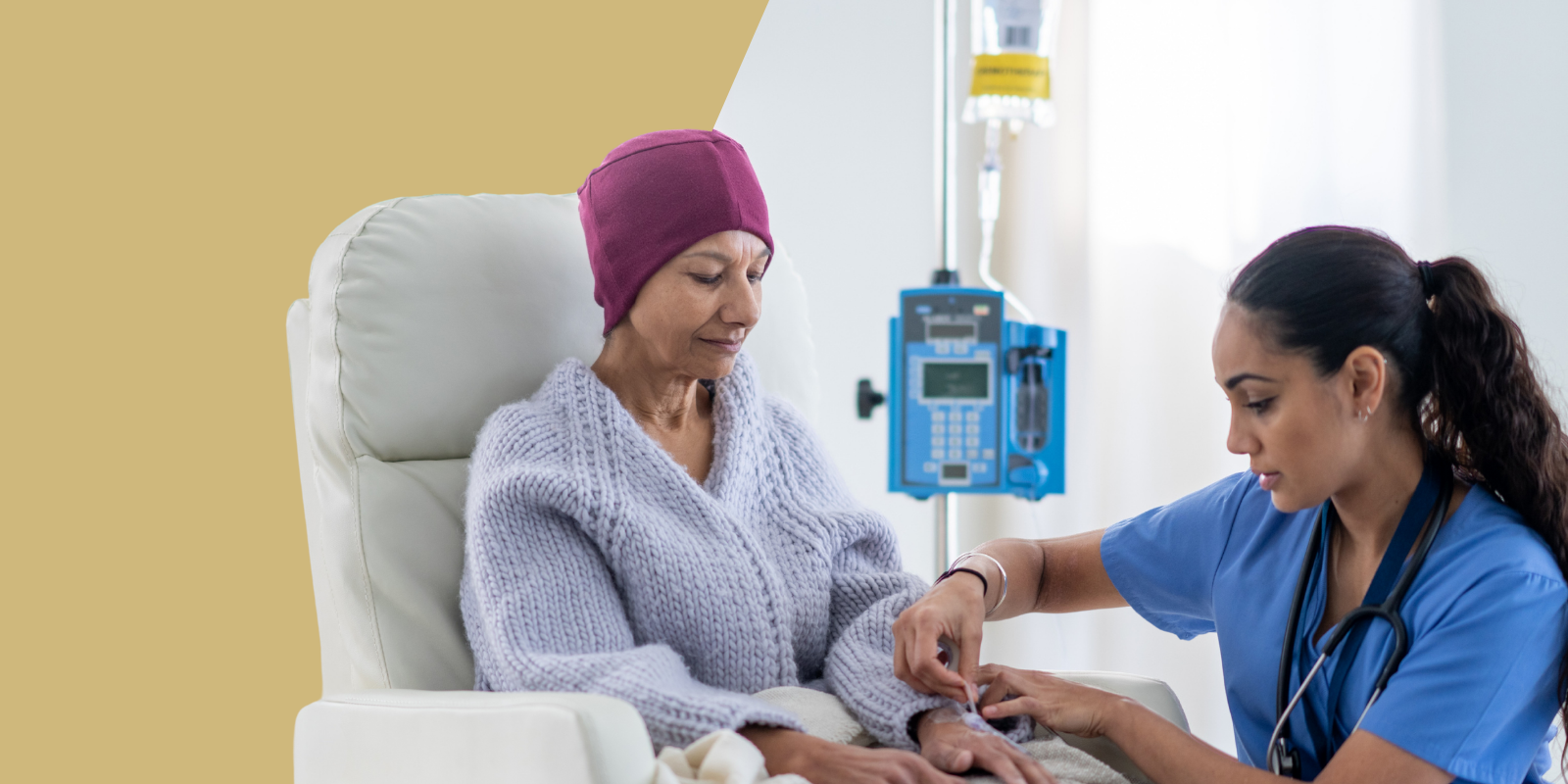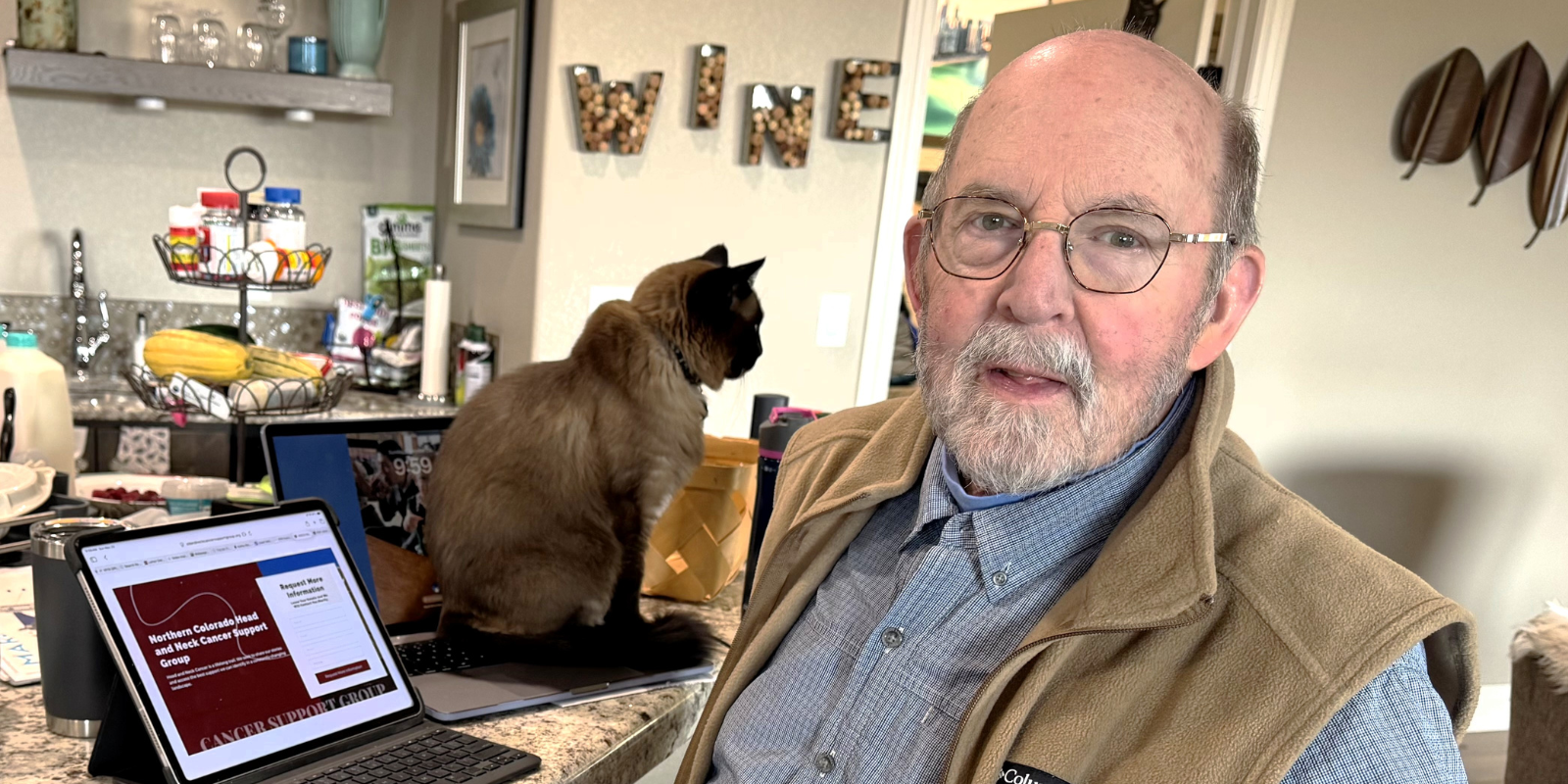What is the latest data on the effectiveness of CAR T-cell therapy?
We’re finally at a point where we’re seeing long-term outcome data for patients treated with CAR T cells. It was a novel technology not that long ago, and time has gone by pretty quickly. We’re finally at five years for some of the earliest patients treated with CAR T cells, and a subset of those patients are still in remission with a single treatment. People are even starting to use the word “cure” for some of those patients. That’s really important, because with any of these novel therapies it’s not uncommon for an early promise to be tempered by long-term follow up showing that the responses aren’t great. It’s rare to have a situation where a single treatment will put a third of patients in remission for five years or more.
Who is currently eligible for CAR T therapy? Is it being used as a first-line treatment yet?
It’s moving up. It was third line, and now it’s pretty clearly established as a second line. People are beginning to look at it in earlier lines of treatment for high-risk patients with lymphoma. At the CU Cancer Center, we have a CAR we developed that targets a protein called CD19. We’re looking at moving that up into earlier lines of treatment. Instead of patients having to relapse twice, we’re looking at whether patients who relapse once will benefit from a CAR instead of getting continued rounds of standard chemotherapy.
In the five-year success rates that you mentioned, is there a certain percentage of patients in whom CAR T therapy is working?
If you take 100 patients with diffuse large B-cell lymphoma and you give them a CD19 CAR T cell as a second- or third-line treatment, 50% of those patients will be in complete remission at three months. In lymphoma, there’s reasonable durability to those remissions — if a patient goes into remission, they tend to stay in remission. In leukemia, it’s a different story. Around 80% to 90% of patients will go into remission, but about half of those patients will relapse within about 12 months. One of the things we’re exploring at the CU Cancer Center is what happens if you combine the CD19 CAR with another kind of CAR targeting different antigens. We have a trial that simultaneously targets CD19 and another B-cell antigen called CD22. The question is, if we do that, can we take that 50% remission rate in lymphoma and bring that up to 70% or 80% by adding in a second target? That trial is open and ongoing right now.
How hard is it on a patient’s body to receive CAR T-cell therapy?
CAR T is a different type of drug than we normally use, because we make a different product for every patient. The data indicates that you need to give some relatively light chemotherapy right before you give the CAR, because you need to make space for the CAR T cells when you infuse them. Most patients get three or four days of chemotherapy, then they get a single infusion of the cells. Giving the cells is easier than a blood transfusion — it’s a tiny volume, the nurse injects it, and you’re done. But then what happens is that over the next one to two weeks, the cells begin to expand in the patients because they’re alive. This is a living drug. That expansion results in clearance of the tumor. But it also results in a side effect called cytokine release syndrome, which is like a really bad case of the flu.
Do the side effects happen in every patient?
It depends. About 30% to 60% of patients will experience some degree of cytokine release syndrome. In its mildest form, the patient has a fever for a day. In its most severe form, patients can get very sick and end up in the intensive care unit. As a field, we’ve learned how to manage a lot of those side effects and prevent them from getting very severe. We’ve also begun to identify the patients who seem to be most likely to develop the severe side effects.
What’s the future of CAR T-cell therapy?
There’s still a lot of work to be done, particularly outside of lymphomas and multiple myeloma and in things like solid tumors. That’s where a lot of the activity is right now. A lot of the work we’re doing on this campus is taking a promising treatment and trying to figure out how to get it to work on other types of cancers. We also want to increase access to CAR T-cell therapy, and one way of doing that is through an “off the shelf” CAR T therapy that doesn’t require the patient’s own blood. We aren’t working on that specifically in our research, but the clinical teams on this campus have those types of CAR T cells available in clinical trials.
How much application do CAR T cells have outside of cancer?
CAR T cells, at their base level, are a form of a gene therapy. The clinical experience over the past 15 years has created a foundation that makes it possible for us to think about CAR T cells for other cancers, but it has also created a whole field around cell and gene therapy. I expect we’re going to see lots of novel, interesting areas where cell and gene therapy are going to begin to show benefit. We are just now seeing FDA approvals for other forms of gene therapy for diseases such as sickle cell anemia and thalassemia. But I would also expect that none of these are going to go as the science would have originally predicted. There are always surprises when you go into clinical trials. That’s why it’s important to run early-phase clinical trials at academic centers that are close to where the science was developed. Having the Gates Institute on campus creates an ecosystem where we can begin to lay that early groundwork for novel ways to use this cell and gene therapy in different types of cancer, different types of diseases, different technologies. That’s really what we’re building toward.
For more information about CAR T clinical trials for adults on the CU Anschutz Medical Campus, email natalie.pfenning@cuanschutz.edu. For information about pediatric clinical trials, email Kayla.Ortiz@childrenscolorado.org.





